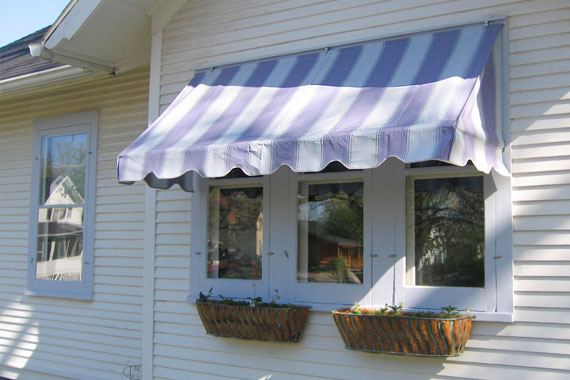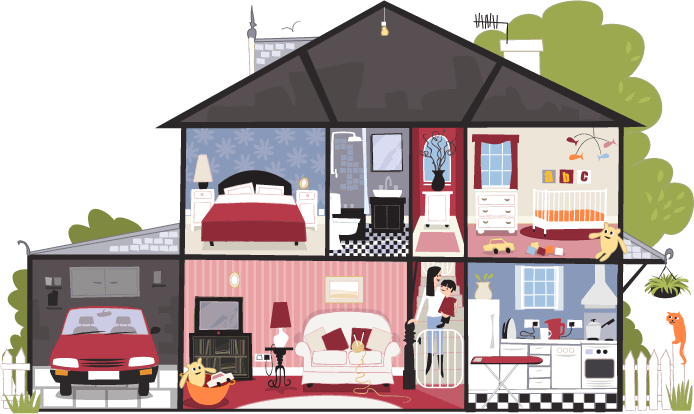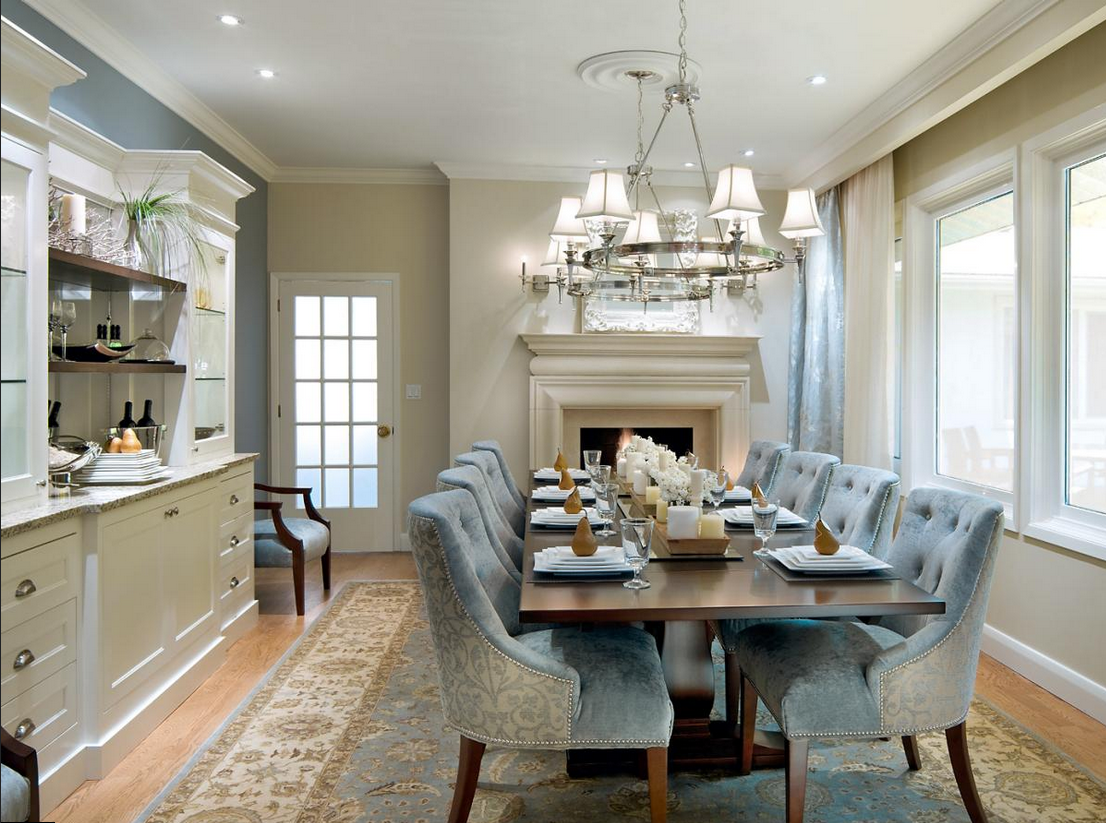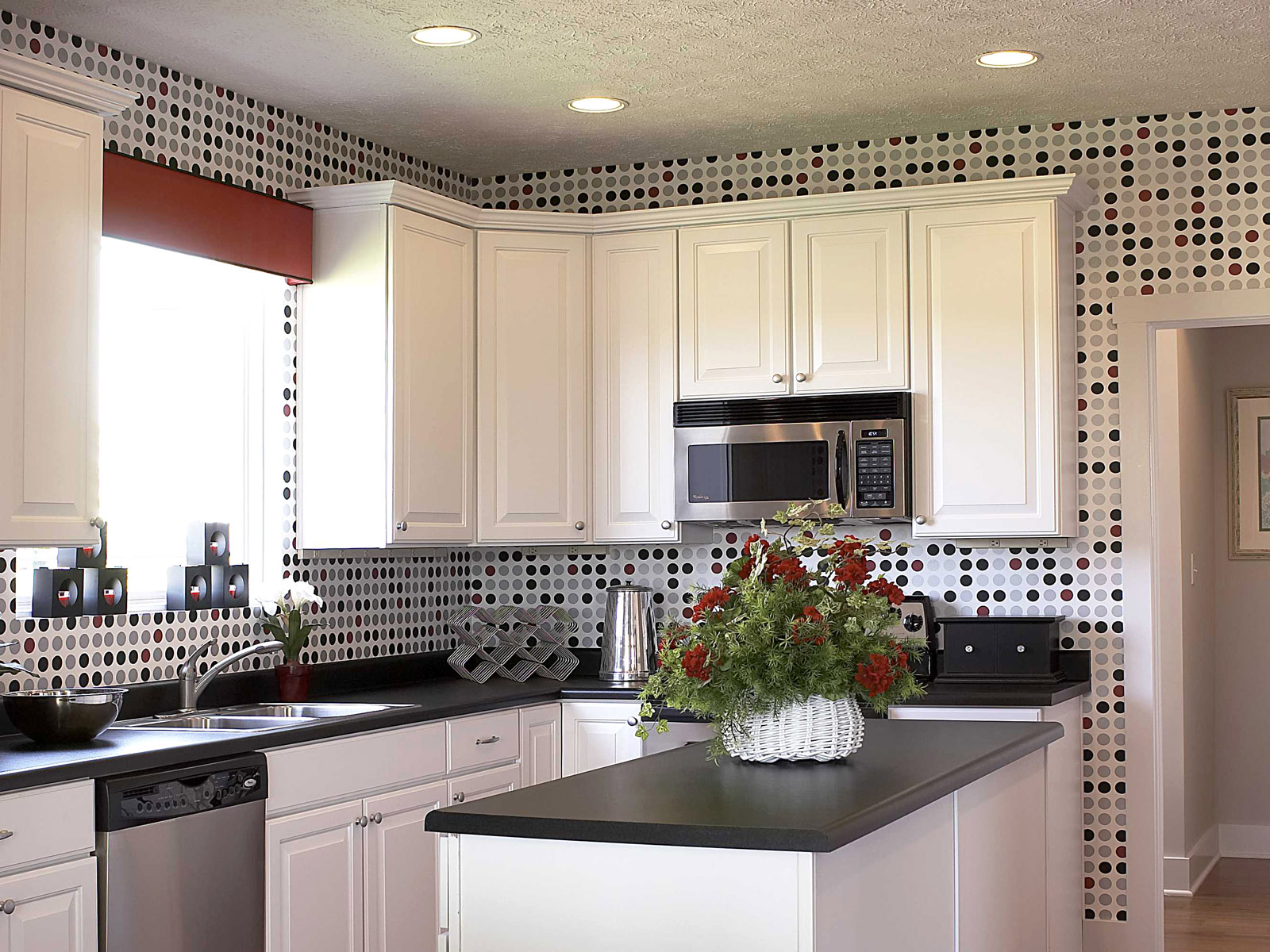While you are lucky enough to own the top most home with a terrace or a balcony, don’t forget its tendency to trap heat. With summers catching up, it is important to know all the good things you can do to keep your place cool, and prevent heat from entering your home. This can also help you make significant cost savings on air-conditioners’ electricity bills.
Gardening without owning a garden
One of the most satisfying thing is cultivating own food. One of the most annoying thing is being a garden lover trapped into a teeny-tiny home. The simplest way to stay cool is to stay green. You can plan a garden in open space of your home. There are plenty of easy to handle plants, which one can have. This will add beauty to your home and will dramatically make it cool.
Aluminized Blinds or Insulated Curtains
For the windows you can have properly insulated curtains. These curtains will keep the sun’s heat away from your windows but will let the breeze blow if you wish to keep the windows open.
Let a few windows be open after sunset
This will make the cooler air blow throughout the evening. Also, leave all the internal doors open. You can open the closets and the kitchen cabinets as well, as they keep the daytime heat and your home will cool off the most in night. Don’t forget to close the windows and the blinds early in the morning as soon as the sun appears.
Manage your appliances
Incandescent light bulbs also create heat, so switch to compact fluorescents or LEDs. Turn off your appliances like computers and lamps when they are not in use. You should also turn off TV because it produces a lot of heat. And the same should be done with some plug-in power adapters.
Go with smooth and light coloured linen
You can use linen bed sheets and linen cover for the other furniture. Place white cotton fabrics over sofas since the upholstery fabrics are thick and cause sweat. Light-coloured fabric will reflect the heat instead of absorbing it and this relaxing ambience will give you a feeling of coolness.
Cross-ventilation
If you find it windy outside, you can create a breeze inside your flat by simply opening windows. We know the wind naturally flows from the high pressure area to the low pressure one, opening the windows on both sides of your flat will allow the air to move across the flat thus will create a breeze.
Apply these ideas and mark the significant changes in the environment of your home. Stay cool and enjoy the summer season too because it is one of a kind.




